Nasturtiums growing from seed
How to Grow Nasturtiums from Seed
More Articles
Find more garden information
Other Article Categories
Choose CategoryRecipesRaised Bed GardeningAnimal Pest ControlsGarden Planning & DesignGardening for the PlanetSoils & CompostGrowing Fruits & VegetablesPlanting Techniques & ToolsPest & Disease EncyclopediaHouseplant CareAdvice Annual Flower Gardening How to Grow Nasturtiums from Seed
By David Grist
Not only are nasturtiums beautiful, they are edible.What are some easy annuals to start from seed?"
When I get that question, I always include nasturtiums on my list of suggestions. The seeds are fairly large and they can be planted right in the garden. To get an earlier start, you can plant indoors.
Start outdoors in the garden:
Also known as "direct sowing," this technique is sometimes used instead of planting indoors. It's a good choice for seeds that don't require a lot of coddling, or seedlings that suffer from transplant shock.
In the case of nasturtiums, it's convenient because you can plant them right where you want them to grow and never have to transplant. Just wait till the danger of frost has passed. Not sure of the date in your area? Use a Zip Code look-up. In hot climates, choose a site that's shaded from hot afternoon sun. Nasturtium seeds are usually planted an inch deep and about 10 inches apart. You can plant them closer together and then move them once the seedlings have several sets of leaves. Always check the seed packet for specifics. As for soil, nasturtiums are not picky and will thrive even in poor soil as long as they are watered regularly.
Direct sowing is sometimes risky because you might pull up the seedlings when you're weeding the bed. To prevent accidental weeding, mark the planting site with a label. Because of the distinctive foliage, nasturtium seedlings are easy to spot.
Start indoors in pots:
If you want to start with larger plants — and get earlier blooms — start the seeds indoors.
Because they are large seeds, I like to start with a relative large, 2-3/4" or 3" seed starting pot. Put two seeds (1" deep) in each pot and grow them under lights or in a bright location, such as a south-facing window. It takes about 10 to 12 days for nasturtiums to germinate. When the seedlings have a few sets of leaves, pinch out the weaker seedling, leaving one per pot. Why plant two seedlings when you're going to pluck out the weaker one? It's mostly for insurance, in case one of the seeds fails to germinate. If you're feeling confident about your seed source — or thrifty — go with smaller pots and plant one seed in each.
When the weather moderates and nighttime temperatures are in the 50s, I harden off the seedlings. This involves moving them outdoors during the day and bringing them in at night. After a couple days, I plant them in the garden.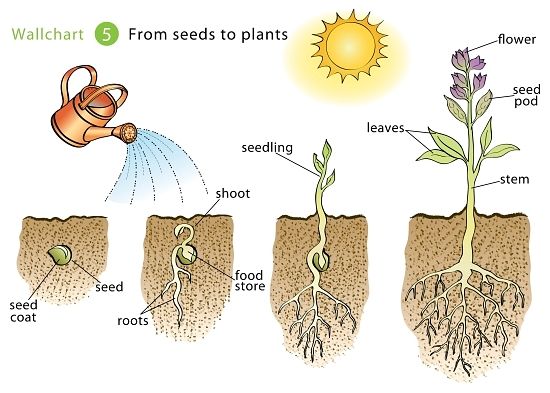 To reduce transplant shock, I tear off the top edge of the Cowpot and plant the seedling — pot and all. It's important that the top edge of the pot is buried to prevent soil moisture from wicking away from the seedling.
To reduce transplant shock, I tear off the top edge of the Cowpot and plant the seedling — pot and all. It's important that the top edge of the pot is buried to prevent soil moisture from wicking away from the seedling.
Growing On
Nasturtiums are fairly carefree, but it's important to keep them watered during dry periods. They do well in containers and windowboxes. Let the soil get dry between waterings, but don't let it dry out. Feed them regularly with liquid fertilizer to ensure plenty of blooms through the summer.
Nasturtiums have edible flowers that taste peppery, like watercress. All colors and varieties are tasty in salads or as garnishes. Leaves can be eaten, too.
Buy nasturtium seeds
Related articles
- How Plants Climb
- Annuals to Grow from Seed
- Growing Sweet Peas
- How to Plant a Cutting Garden
Last updated: 11/16/2022
Share this Article:
Related Articles
-
Flowers You Can Eat
-
How to Select the Right Seed-Starting System
-
Growing Annual Flowers from Seed
Get the Dirt
Stay up to date on new articles and advice.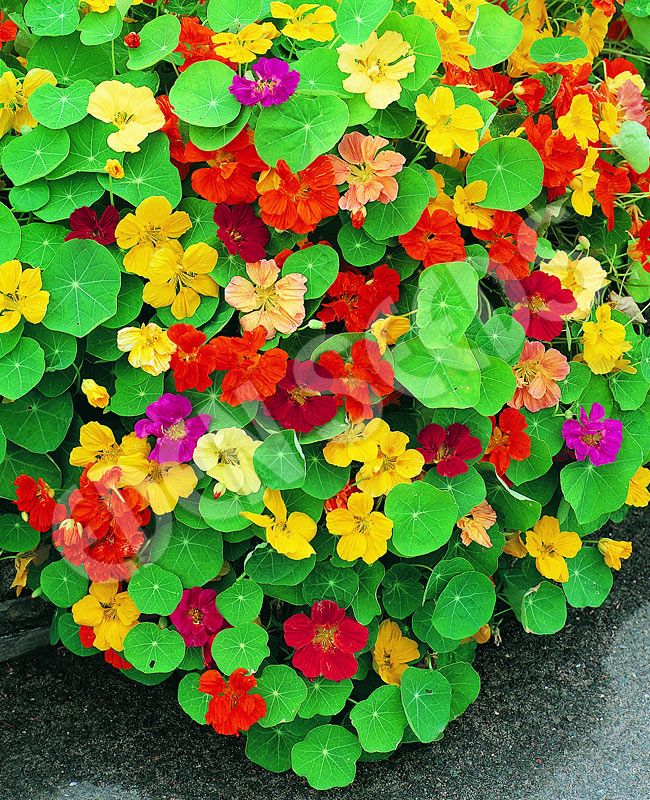 Please fill out the information below.
Please fill out the information below.
Share this Article:
Related Articles
-
Flowers You Can Eat
-
How to Select the Right Seed-Starting System
-
Growing Annual Flowers from Seed
How To Grow And Care For Nasturtium
Nasturtiums (Tropaeolum) are one of the quickest and easiest annuals to grow. They produce masses of vividly coloured blooms from midsummer right through to the first autumn frosts in a surprisingly wide range of colours – not just orange, yellow and red but also cream, salmon pink, burgundy and crimson (and often a mix of several of these).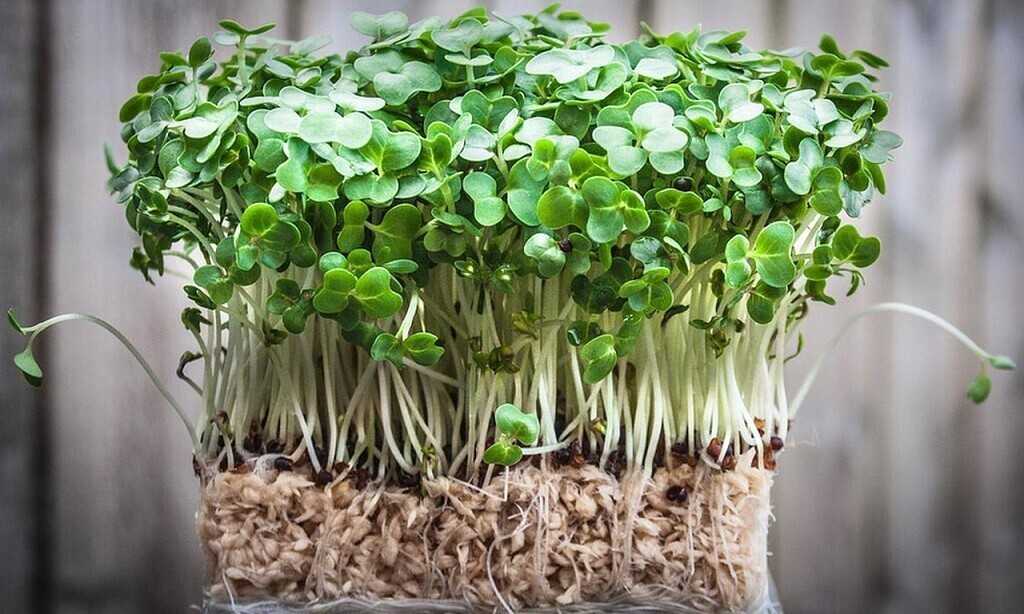 Some have attractively marbled or mottled leaves, too.
Some have attractively marbled or mottled leaves, too.
Nasturtiums are either bushy or dwarf (Tropaeolum minus) or climbers (Tropaeolum majus). Bushy varieties look great in containers and hanging baskets or at the front of a border, while climbing varieties can be trained up wigwams or obelisks and will twine through other plants. These can also be used as ground cover, spreading across gravel or cascading down a slope or bank. Both types grow very well in pots.
Nasturtiums not only look spectacular but the flowers, leaves and seeds are edible, too; nasturtiums are also known as Indian cress. Nasturtiums also make good companion plants on the veg patch – the caterpillars of large and small white butterflies feed on the leaves, luring them away from brassicas, while blackfly are attracted to the leaves, which may mean your beans escape attack. Bees love the flowers. Nasturtiums are incredibly easy to grow from seed, making them ideal for beginner gardeners and children.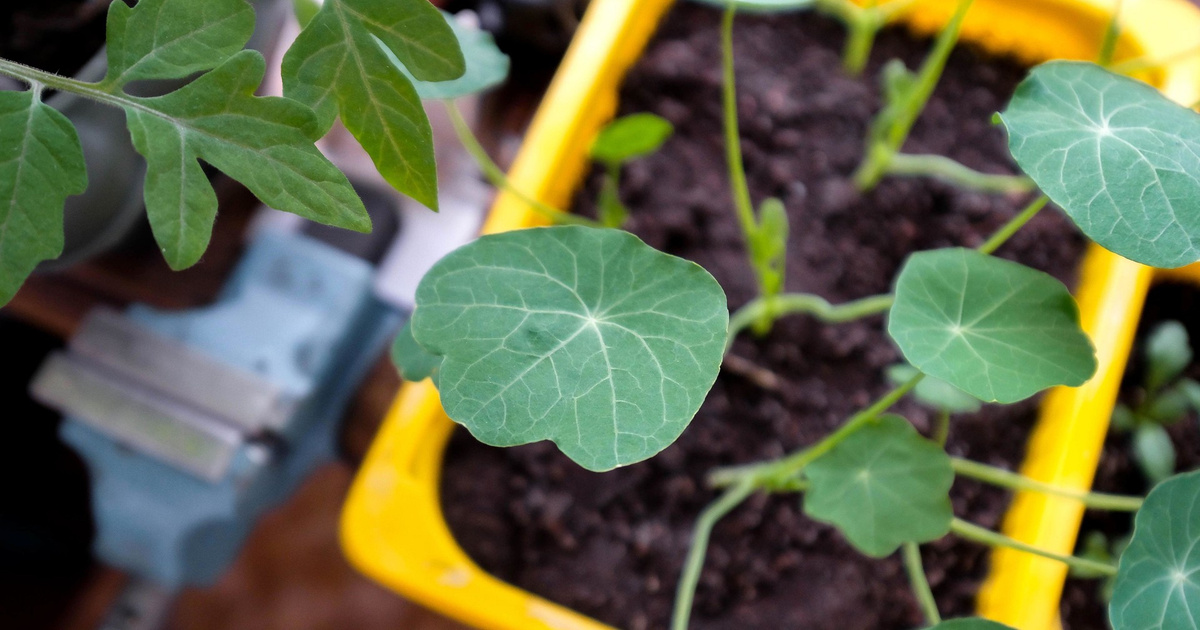 They also make good cut flowers.
They also make good cut flowers.
How to grow nasturtiums
Sow nasturtiums from March to May, where they are to flower, or in 9cm pots in a greenhouse. Free-draining soil is essential for nasturtiums and, unlike many other flowers, they thrive on poor soils. Water plant in containers in dry spells. Once they have been hit by frosts, dig them up and put them on the compost heap.
Nasturtiums: jump links
- When to sow nasturtiums
- How to sow nasturtiums
- How to plant out nasturtiums
- How to care for nasturtiums
- Harvesting and storage
- Nasturtiums: problem-solving
- Nasturtiums to grow
Where to grow nasturtiums
Nasturtiums need sunshine for at least half the day in order to grow well. A free-draining soil is essential; nasturtiums flower best on poor soils. Fertile soil results in lots of leafy growth at the expense of flowers and flowers that are buried beneath the foliage.
Grow nasturtiums at the front of a border, up an obelisk, as companion planting on the veg patch or spilling over the edge of raised beds and pots.
Where to buy nasturtium seeds online
- Thompson & Morgan
- Suttons
- Crocus
When to sow nasturtium
Sow nasturtium seeds under cover from March and outside when the soil has warmed up, from March to May – a late sowing will ensure flowers until the first frosts.
How to sow nasturtium seeds
How to grow nasturtiums - sowing nasturtium seed
Sowing nasturtiums in the ground
You can sow nasturtium seeds directly where they are to flower.
- Rake the soil to a fine tilth and make sure it is free of weeds. Water the area before you sow – this will ensure that you don't wash away the seeds once sown
- Sow the seeds 1.5cm deep, around 10cm apart – either push them in with your finger, or use a bamboo cane to make a shallow drill
- Cover the seeds with soil
- Once the seedlings emerge (after about two weeks) thin them to around 30cm apart
You can also simply pop seeds around the garden, where you'd like them to appear – around the edge of raised beds or large pots of bedding, for example.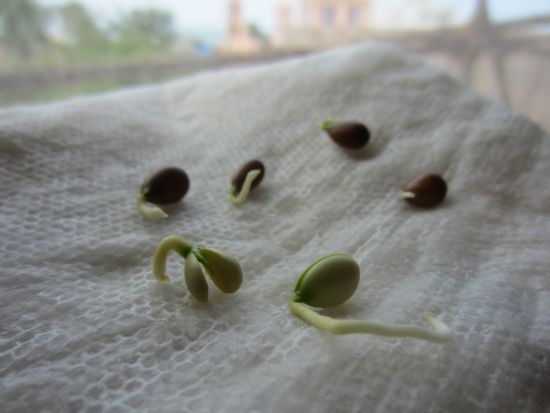
Sowing nasturtiums in pots
You can also sow nasturtium seeds in pots – this is a good way to get earlier flowers and is a good option if you want to plant up a beautiful container display later in the season. Simply sow one seed per 9cm pot in a greenhouse or on a sunny windowsill, harden off and plant outside in late spring.
Read our detailed advice on how to sow annual climbers.
How to plant out nasturtiums
Nasturtiums growing with geraniums and nemesia in a hanging basket
If you haven't grown your own plants from seed, you might find small pots of nasturtiums at the garden centre in late spring or early summer that are ready for planting out.
Planting nasturtiums in the ground
Dig a hole that is the same size as the pot your plant was growing in, and plant so that the crown of leaves is at soil level. Water in well.
Planting nasturtiums in containers
Mix two-thirds peat-free multipurpose compost with one third fine gravel or grit, to reduce fertility and ensure good drainage.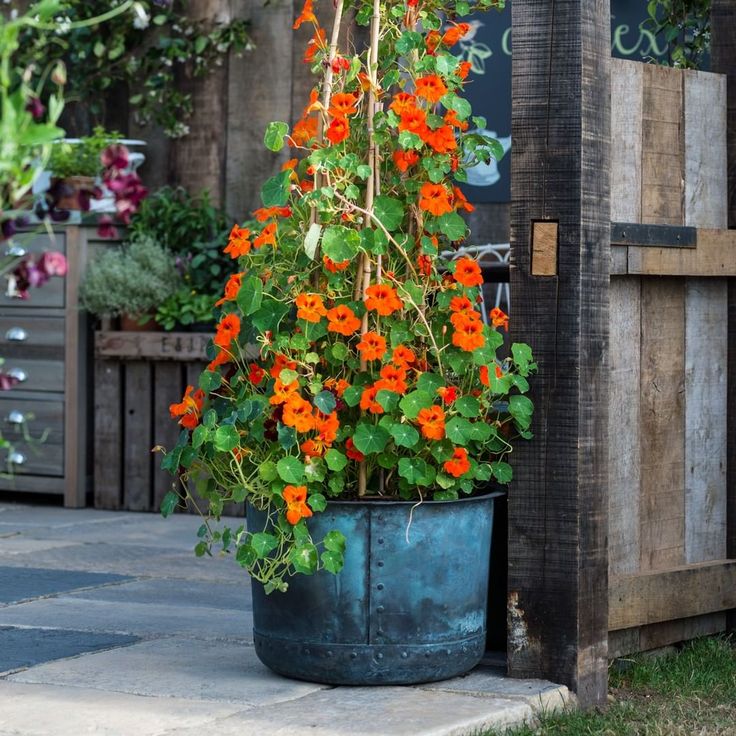 Again, plant so that the crown of leaves is at soil level and water in well.
Again, plant so that the crown of leaves is at soil level and water in well.
More like this
In this clip from Gardeners' World, Monty Don arranges plants for a late summer display, with a dramatic purple-leaved Phormium cookianum 'Black Adder' in the centre, lots of magenta-flowered Cosmos bipinnatus 'Dazzler', and four Bidens 'Hawaiian Flare Orange Drop' cascading over the rim, alongside trailing nasturtiums, Tropaeolum majus 'Cherry Rose Jewel'. He also advises on aftercare to keep the display at peak flowering through to late autumn:
How to care for nasturtium
Watering freshly planted nasturtiums
Nasturtiums are easy to care for and need little maintenance. Plants growing in the ground rarely need watering. Plants growing in containers should be watered to keep the compost evenly moist, but don't feed them. Deadheading will encourage more blooms over a longer period.
Harvesting and storage
Harvesting nasturtium flowers
Nasturtium leaves, flowers and seeds are all edible.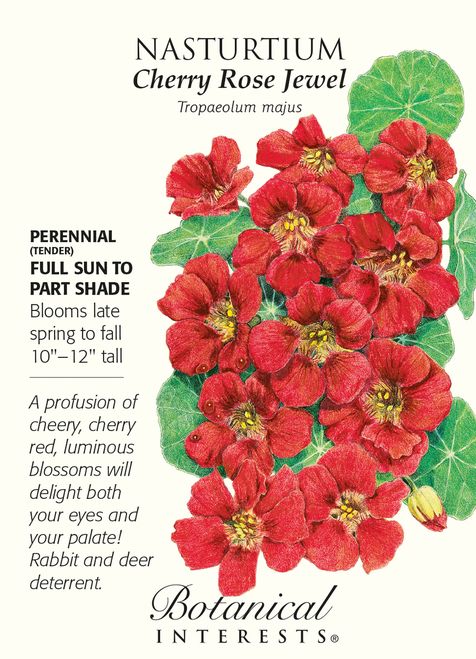 The flowers and young leaves have a peppery taste (nasturtiums are closely related to watercress) and are a great addition to salads. The seed pods can be used as a substitute for capers (they are known as 'poor man's capers'). Pick them when mature but still green, and pickle them in vinegar.
The flowers and young leaves have a peppery taste (nasturtiums are closely related to watercress) and are a great addition to salads. The seed pods can be used as a substitute for capers (they are known as 'poor man's capers'). Pick them when mature but still green, and pickle them in vinegar.
You can collect nasturtium seeds when they're ripe and save them somewhere cool and dry to sow next year. In mild areas, nasturtiums are also likely to self-sow, so you may get seedlings springing up in future years. These can be easily pulled up if not wanted.
Our friends at olive magazine have a range of recipes that incorporate nasturtiums, including pickled vegetables with salted yogurt and pressed tomatoes with whipped goat’s cheese and lovage oil.
Growing nasturtiums: problem solving
Blackfly on a nasturtium leaf
Nasturtiums are likely to attract large and small white butterflies (known as cabbage white butterflies) which lay their large greenish eggs on the leaf undersides, which hatch into caterpillars that eat the leaves.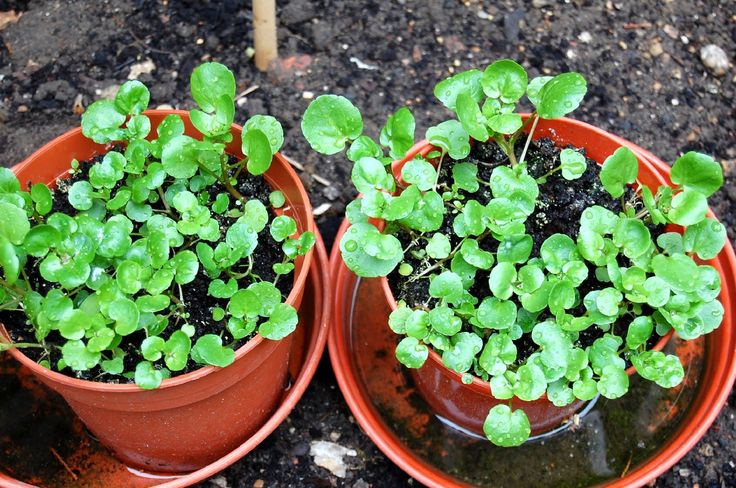 This can be useful to deter caterpillars from eating brassica crops but not desirable if you’re growing nasturtiums for flowers. The best method of control is to inspect plants regularly and squash the eggs or young caterpillars, or move them on to plants you don't mind being eaten.
This can be useful to deter caterpillars from eating brassica crops but not desirable if you’re growing nasturtiums for flowers. The best method of control is to inspect plants regularly and squash the eggs or young caterpillars, or move them on to plants you don't mind being eaten.
Nasturtiums are also attractive to aphids, particularly blackfly. Again, by planting nasturtiums alongside bean crops you can lure aphids away from your crop, but you may not appreciate aphids on nasturtiums you're growing for leaves and flowers. Spray them off with a jet of water or let ladybirds, hoverflies and lacewings remove them for you – all three lay their eggs on aphid colonies and their young quickly eat them up.
Advice on buying nasturtiums
Nasturtium varieties to grow
Nasturtium 'Black Velvet'
Nasturtium 'Black Velvet'
Tropaeolum minus 'Black Velvet' is a compact nasturtium with velvety dark red flowers. H x S: 30cm x 45cm
- Buy nasturtium 'Black Velvet' from Crocus
Nasturtium 'Phoenix'
Nasturtium 'Phoenix'
Tropaeolum minus 'Phoenix' has flowers with unusual split petals, in shades red, orange and yellow.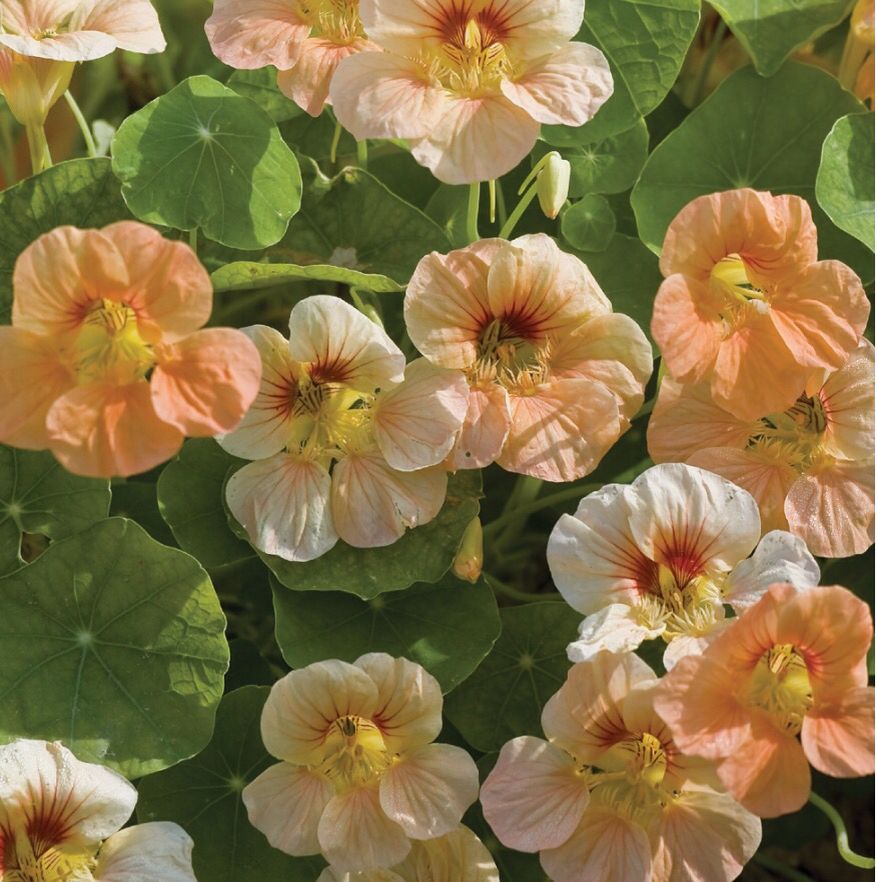 A bushy variety. Height x Spread: 30cm x 30cm
A bushy variety. Height x Spread: 30cm x 30cm
- Buy nasturtium 'Phoenix' from Thompson & Morgan
Nasturtium 'Empress of India'
Nasturtium 'Empress of India'
Nasturtium minus ‘Empress of India’ is a bushy nasturtium with crimson-red flowers and dark leaves. H x S: 25cm x 45cm. 'Princess of India' is a dwarf version.
- Buy nasturtium 'Empress of India' from Thompson & Morgan
Nasturtium 'Orange Troika'
Nasturtium 'Orange Troika'
Tropaeolum majus 'Orange Troika' is a climbing or trailing variety with vivid orange flowers and marbled foliage. H x S: 30cm x 1.5m
- Buy nasturtium 'Troika' from Suttons
Nasturtium 'Alaska Series'
Nasturtium 'Alaska Mixed'
Nasturtium minus ‘Alaska Series’ produces flowers in yellow, cream, orange and red, shown off against cream and green marbled leaves.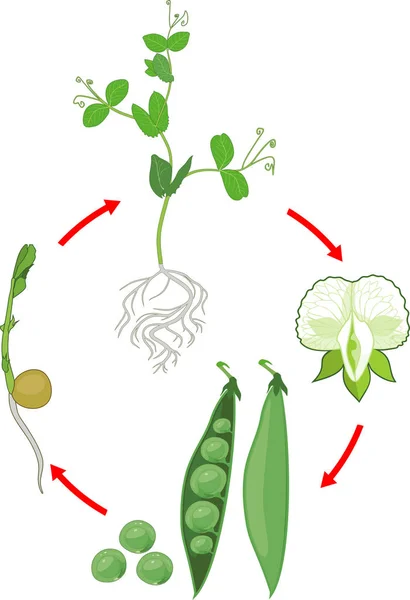 Bushy. H x S: 25cm x 45cm.
Bushy. H x S: 25cm x 45cm.
- Buy nasturtium 'Alaska Series' from Crocus
Nasturtium 'Ladybird'
Nasturtium 'Ladybird'
Tropaeolum minus 'Ladybird' has pretty cream/yellow flowers with deep red spots at the throat. H x S: 30cm x 40cm
- Buy nasturtium 'Ladybird' from Thompson & Morgan
Nasturtium 'Baby Deep Rose'
Tropaeolum minus 'Baby Deep Rose' is a compact, bushy variety with deep crimson blooms. H x S: 20cm x 20cm
- Buy nasturtium 'Baby Deep Rose' from Thompson & Morgan
Nasturtium 'Bloody Mary'
Tropaeolum minus 'Bloody Mary' has splotched and striped flowers in shades deep red, yellow and cream. H x S: 30cm x 60cm
- Buy nasturtium ''Bloody Mary' from Crocus
growing from seeds, when planting outdoors, home care
If you want to decorate an unsightly fence or walls, porch or gazebo in your summer cottage, then nasturtium will definitely suit you. A plant with a sea of bright colors and a whole bunch of leaves looks very beautiful and spectacular.
A plant with a sea of bright colors and a whole bunch of leaves looks very beautiful and spectacular.
Fast growth of nasturtium and abundant flowering, its unpretentiousness and easy cultivation made the flower popular not only among gardeners. Nasturtium can grow and bloom beautifully at home, decorating a loggia or balcony.
Content
-
1 Description and varieties of nasturtium
-
1.1 NAMALY MALY
-
1.2 NAMATION Cultural
-
1.3 NATURITION Big 9,000 9000 9000 9000 in open ground
-
2.1 Growing nasturtium from seeds at home
-
-
3 Nasturtium: planting and care in open ground
-
4 Disease and pest control
Description and varieties of nasturtium
Nasturtium in the form of a creeper or semi-shrub is distinguished by a succulent stem, lobed thyroid, palmately divided or entire leaves and irregularly shaped flowers.
Yellow or red flowers may be double, semi-double or single.
 They consist of a funnel-shaped tube, five or more sepals, and petals. The fruit formed after flowering of nasturtium consists of three kidney-shaped wrinkled lobes with rounded kidney-shaped seeds.
They consist of a funnel-shaped tube, five or more sepals, and petals. The fruit formed after flowering of nasturtium consists of three kidney-shaped wrinkled lobes with rounded kidney-shaped seeds. A distinctive feature of nasturtium is that its stems and flowers are of interest to cooks and have healing properties .
Tropical beauty in her homeland grows as a perennial plant. But nasturtium does not tolerate sub-zero temperatures, so it is grown in our gardens as an annual. Among flower growers, five types of plants are most popular.
Small nasturtium
Branched plant, 35 cm high, with thin stems, very long petioles and rounded leaves, covered with small flowers about 3 cm in diameter.
Yellow flowers with dark spots are distinguished by curved cylindrical spurs and velvety petals pointed towards the edge.
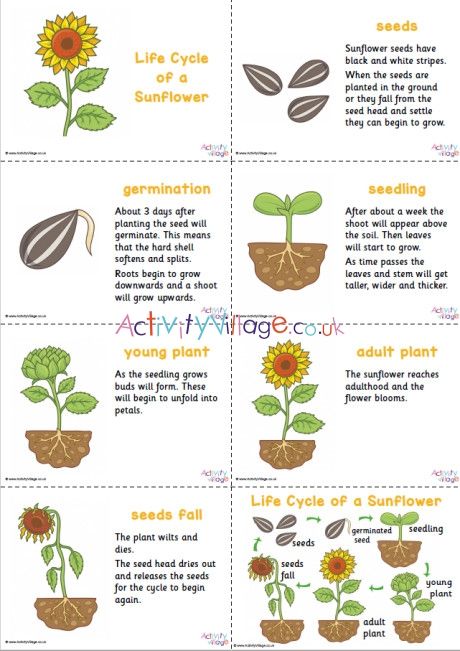 Small nasturtium blooms from June to October. The most common varieties are:
Small nasturtium blooms from June to October. The most common varieties are: - "Black Velvet" is a plant variety with simple flowers, the diameter of which is not more than 6 cm. Their dark burgundy color can appear almost black.
- 'Cherry Rose' has bright red double flowers.
Cultural nasturtium
This type of plant combines hybrids of large nasturtium and shield-bearing nasturtium. They vary in height and shape. These can be dwarf varieties that grow only up to 15-20 cm, or high compact bushes up to 50 cm in height.
Some varieties of cultivated nasturtium are creeping plants , whose stems can be up to 4 meters long. The most popular varieties are:
- "Moonlight" - grows up to two meters in length and blooms with pale yellow flowers.
- "Golden Globe" is a bush in the form of a ball, the height of which reaches only 25 cm. The plant is strewn with light green, large, round leaves, reaching 6.
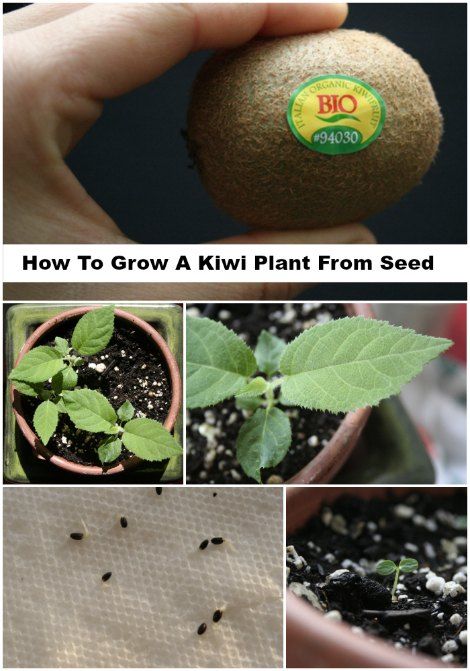 5 cm in diameter. Double flowers of this variety have a golden yellow color.
5 cm in diameter. Double flowers of this variety have a golden yellow color. - 'Gleming Mahagani' has double red flowers and grows up to 37 cm. located asymmetrical, light green, rounded large leaves.
The underside of the sheets is gray. It reproduces well by self-sowing and blooms from early summer until frost. Large nasturtium is represented by dozens of varieties, among which bush forms can be distinguished:
- "Ladybug" is distinguished by apricot flowers, the middle of which has burgundy spots.
- "Salmon Baby" - a plant with semi-double flowers.
- 'Peach Melba' is a plant variety with creamy flowers with red spots in the center.
- 'King Theodore' has bright red flowers.
Shield-bearing nasturtium
The plant is a creeping semi-shrub, fragile, juicy, dark green shoots of which grow up to four meters. They have dark green thyroid leaves and succulent dark red flowers .
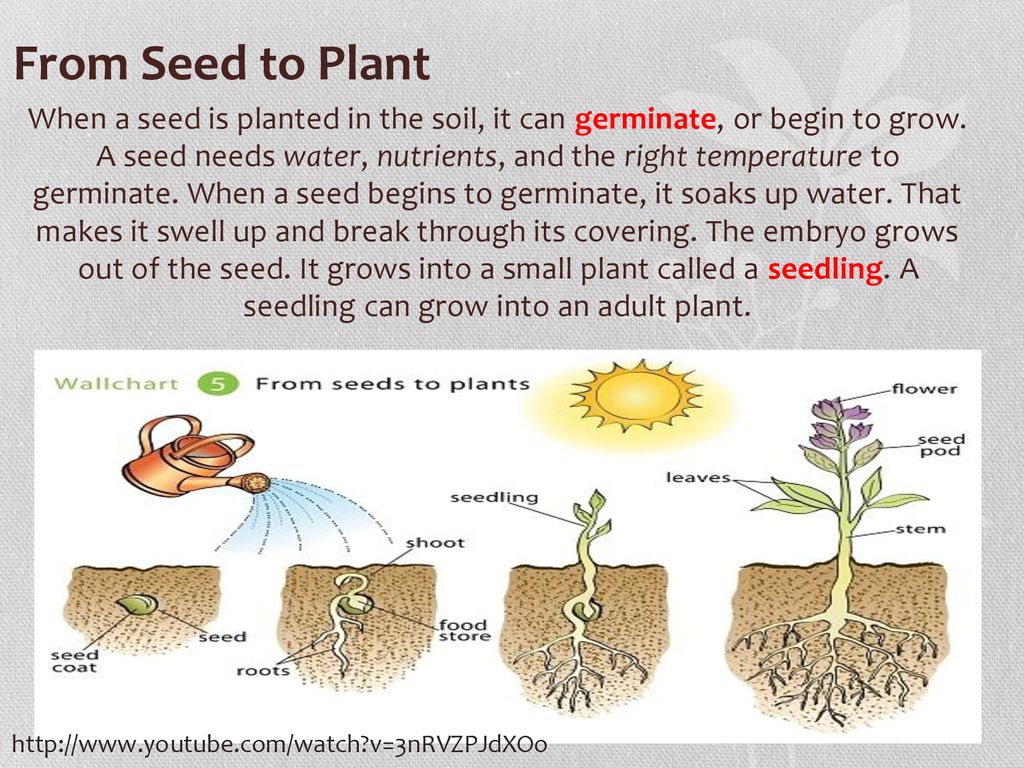
Shield-bearing nasturtium blooms from June to October. The most popular species among gardeners: "Lucifer" - the plant is an upright bushes and grows up to 25 cm.
Its large dark green leaves are dark red in color. On light green shoots, simple red-orange flowers bloom, the diameter of which is 6 cm. A climber growing up to 350 cm is able to quickly braid trellises and arbors. It is distinguished by five - or seven-separate medium-sized leaves and bright yellow small flowers.
Canarian nasturtium flowers consist of green spurs and ruffled petals. Blooms from mid-summer until frost.
When to plant nasturtium outdoors
The seeds of the plant remain viable for 4-5 years, so they can be collected and stored for a long time.
Seeds can be sown outdoors at the end of May . To do this, they are pre-soaked in water with a temperature of 50-60 degrees.
 Due to this, the shell of the seeds softens and they hatch faster.
Due to this, the shell of the seeds softens and they hatch faster. Next, you need to dig up, loosen and fertilize the soil . It is recommended to add a little compost, wood ash and superphosphate to the soil.
The distance between the holes should be from 25 to 30 cm. Two or three seeds are sown in each hole , which are buried 2-3 cm.
The first seedlings should appear in two weeks. Nasturtium sown in open ground will bloom in 40-50 days.
Growing nasturtium from seeds at home
The plant is propagated by seeds in two ways: by sowing seeds immediately into open ground; growing seedlings at home.
To get early flowering bushes, it is recommended to grow nasturtium seedlings from seeds. At home, sowing is done in late March - early April. To do this, you can take peat or plastic pots with a diameter of 9 cm.
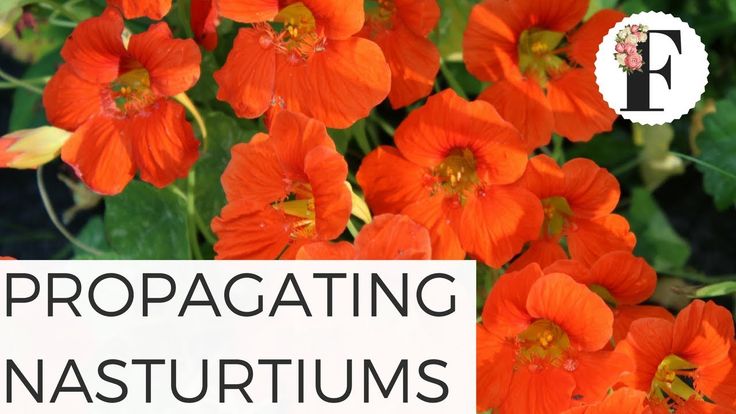
Three seeds are buried in each pot filled with soil. Seedling containers are covered with glass or cellophane and placed in a warm place.
When the first seedlings appear, the glass is removed and the pots are moved to a bright place . Care of seedlings consists in their timely watering. Dive nasturtium is not recommended, because the delicate root system of the plant does not tolerate transplantation.
Seedlings are planted outdoors after frosts are over. This should be done carefully, with a large clod of earth. Two or three days before planting, young plants during the day in warm weather are taken out to street to harden.
Seedlings are planted in holes, the distance between which should be 20-25 cm for compact varieties, and at least 40 cm for climbing plants. Next to the tall varieties of nasturtium, supports are installed immediately upon planting.
Growing seedlings is troublesome, but as a result, you can get an early flowering plant that will quickly grow and decorate the site.

Nasturtium: planting and care in the open field
The plant is recommended to be planted in a wind-protected, well-lit area, since nasturtium will not bloom well in the shade. The soil for planting should be fertile and light , well-drained and slightly acidic.
It is not recommended to plant nasturtium on soils rich in organic matter. In this case, the plant will be lush green and bloom little.
Nasturtium care consists in regular watering of the plant, weeding and loosening of the earth around the bush. When planting seedlings, the bed can be mulched and then weeds will not have to be fought.
When caring for seedlings, abundant, regular watering is very important . Blooming nasturtium should be watered as needed. The soil must dry out.
It is recommended to feed the flowers every week with potassium-phosphorus fertilizer .
 When the plant blooms, top dressing is stopped.
When the plant blooms, top dressing is stopped. Dried and faded flowers should be removed in a timely manner. This will help prolong the flowering of the plant. If you need seeds, you can leave a few ovaries to ripen.
As they mature, the seeds are separated from the pedicel and laid out at room temperature to dry and ripen. Ripe seeds should be whitish in color.
Disease and pest control
The plant has a specific smell that repels many pests. But sometimes it can be affected by the cabbage white, mining fly, spider mites, aphids .
The fight against these pests consists in the treatment of bushes with insecticides of systemic action. Sometimes the plant is affected by diseases. Most often it can be:
- gray rot, in which dry brown spots appear on the leaves;
- bacterial wilt, which in the first stage is manifested by the weakening of the lower leaves, and then withering of the entire bush;
- rust and variegated mosaic - diseases in which black and brown spots appear on the leaves.
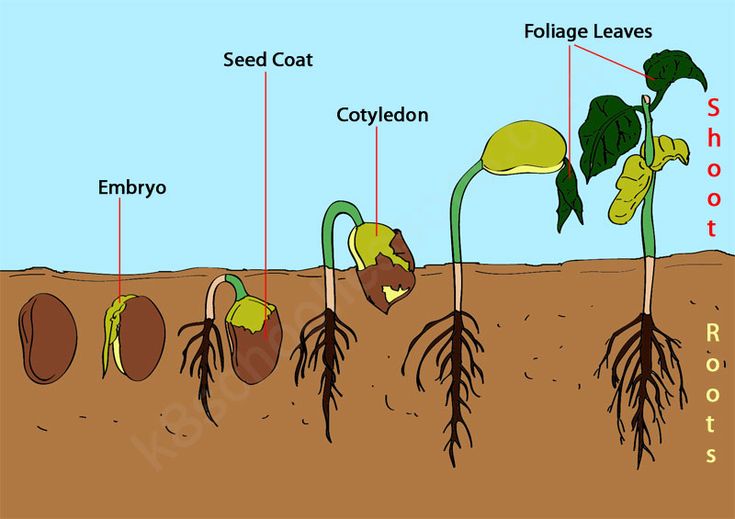
The fight against these diseases consists in the treatment of plants with special chemical and bacteriological preparations. Damaged leaves are collected and burned.
To prevent the spread of pests on the nasturtium bushes and not to start the disease, the leaves of the plant should be inspected regularly. Affected leaves are immediately removed, and the bush for preventive purposes is sprayed with a solution of alcohol with liquid soap.
Nasturtium grown from seed and planted outdoors, with proper care, will delight with its beautiful flowering and shock of leaves until the very frost.
Its dwarf varieties can be planted along paths or used as a border plant. Fences, building walls, balconies, terraces are decorated with tall bushes.
- Author: Olga Alexandrovna Uglova
Rate the article:
(17 votes, average: 4.
 1 out of 5)
1 out of 5) Share with your friends!
Adblock
detectoroutdoor planting and care, photos, properties
Author: Elena N. https://floristics.info/ru/index.php?option=com_contact&view=contact&id=19Category: Garden Plants Returned: Last amendments:
Content
- Listen to Article
- Planting and Condition of Street
- Botanical Description
- Cultivation Growing seedlings
- Planting nasturtiums
- When to plant
- How to plant
- Nasturtium care
- Medicinal properties of nasturtium
- Literature
- Useful links
- Comments
Nasturtium is a common plant in our gardens, like marigolds or tulips.
 The peak of its popularity has long passed, but the habit of growing nasturtium was passed on to us from our grandmothers and mothers.
The peak of its popularity has long passed, but the habit of growing nasturtium was passed on to us from our grandmothers and mothers. Why is nasturtium so good? She is beautiful, useful, completely unpretentious to the conditions and does not require special care.
Today, more than twenty species and many varieties of this cute, useful and edible plant are grown in horticultural crops. From our article you will learn:
- what types and varieties of nasturtium exist;
- how to sow and grow these flowers in the garden;
- what are the medicinal properties of nasturtium and how can they be used.
Listen to article
Planting and caring for nasturtium
- Planting: sowing seeds in open ground in mid-late May or sowing seeds for seedlings in April, followed by planting seedlings in the ground in the first decade of June.
- Lighting: bright sunlight.
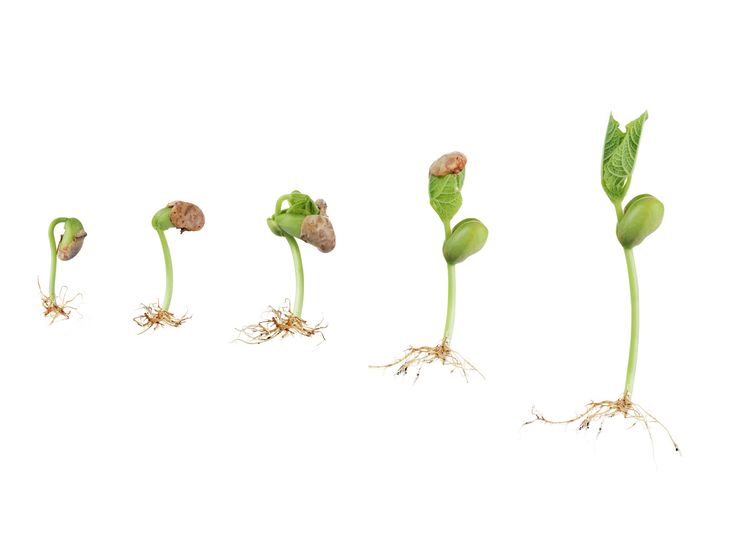
- Soil: light, not too fertile, well drained, slightly acidic.
- Watering: from the beginning of the growing season - regular and plentiful, during flowering - as the soil dries.
- Top dressing: once a week before flowering with potash-phosphorus fertilizers. Nitrogen is not needed. From the beginning of flowering, top dressing is stopped.
- Reproduction: seeds and cuttings.
- Pests: aphids, cabbage moths, whites, spider mites.
- Diseases: gray mold, rust, viral mosaic, black ring spot and bacterial wilt.
Read more about growing nasturtium below.0 kinds. The nasturtium plant is native to South and Central America, but it also settled in our latitudes for a long time and reliably, as it is distinguished by unpretentiousness, sought-after healing properties and taste characteristics. The main thing is that the nasturtium flower with its long flowering is able to decorate any, even the most sophisticated garden.
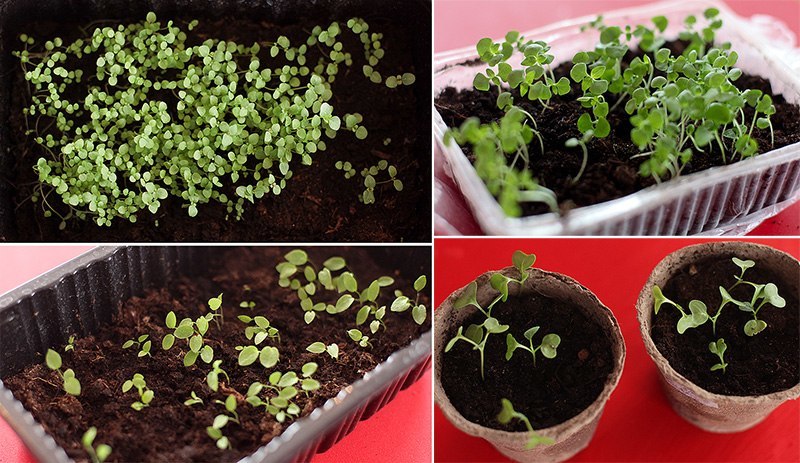 The capuchin flower brought from Holland to Russia was called so because of the shape of the flower, resembling a hood, but gradually the plant began to be called nasturtium. The official Latin name Tropaeolum was given to nasturtium by Carl Linnaeus.
The capuchin flower brought from Holland to Russia was called so because of the shape of the flower, resembling a hood, but gradually the plant began to be called nasturtium. The official Latin name Tropaeolum was given to nasturtium by Carl Linnaeus. Botanical description
Nasturtiums, both annuals and perennials, are often vines with succulent stems, and sometimes subshrubs. The leaves are most often lobed, alternate, entire, palmate or thyroid. Flowers - simple, double and semi-double - irregularly shaped, fragrant, zygomorphic, bisexual, axillary, consisting of five (sometimes more) petals, the same number of sepals, a funnel-shaped tube with nectar.
The color of the flowers is usually red or yellow. The fruit consists of three wrinkled kidney-shaped lobes, in each of which rounded kidney-shaped seeds ripen. Both flowers and stems have healing properties, and are also of interest to culinary specialists.
Growing nasturtium from seeds
Sowing seeds
Nasturtium is propagated by seed, and even a beginner can handle it.
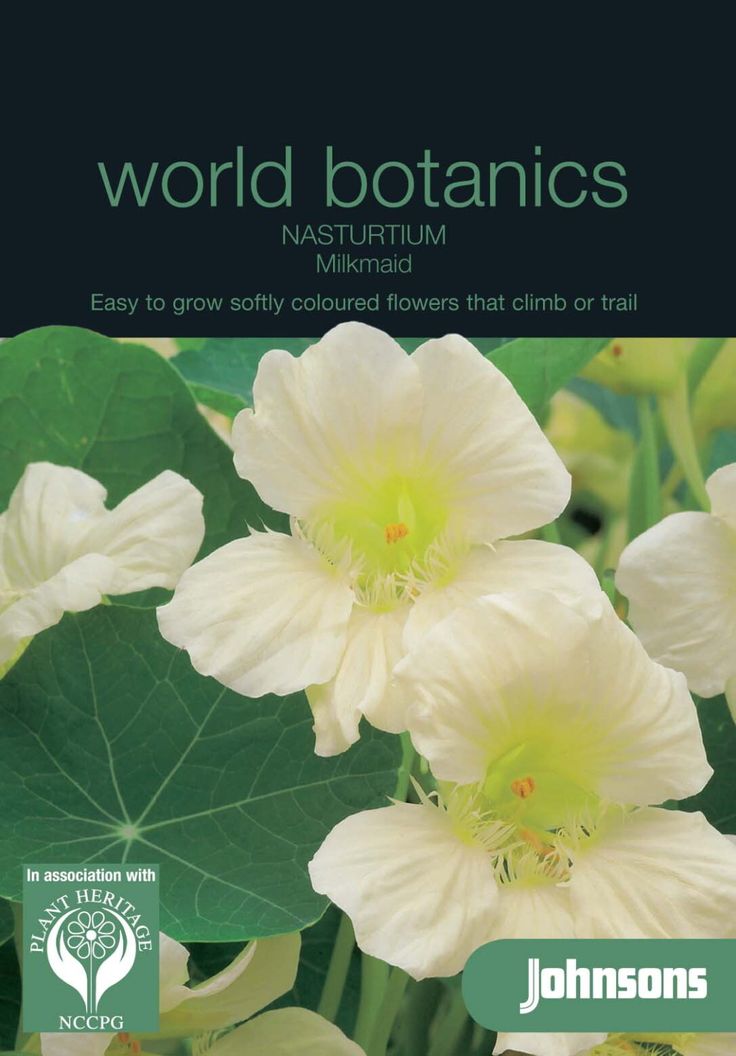 Large nasturtium seeds are sown directly into the open ground in mid or late May, when the last frosts have passed. In holes up to two centimeters deep, located at a distance of 25-30 cm from each other, nasturtium seeds are placed in a nested way - 3-4 pieces per hole. If there is a possibility of nighttime drops in temperature, cover the planted area with plastic wrap or other covering material and use only warm water for irrigation. Seedlings will appear in a week or two.
Large nasturtium seeds are sown directly into the open ground in mid or late May, when the last frosts have passed. In holes up to two centimeters deep, located at a distance of 25-30 cm from each other, nasturtium seeds are placed in a nested way - 3-4 pieces per hole. If there is a possibility of nighttime drops in temperature, cover the planted area with plastic wrap or other covering material and use only warm water for irrigation. Seedlings will appear in a week or two. Planting and caring for kosmeya - everything you need to know
In the photo: Nasturtium seeds
Growing seedlings
Nasturtiums are also grown in seedlings, which allows you to achieve earlier flowering than in the case of sowing seeds directly into the ground. To do this, use peat cups or cups with a retractable bottom, in which in April-May seeds are sown 2-3 pieces to a depth of 2 cm. The temperature in the room with seedlings should be 20-22 ºC.
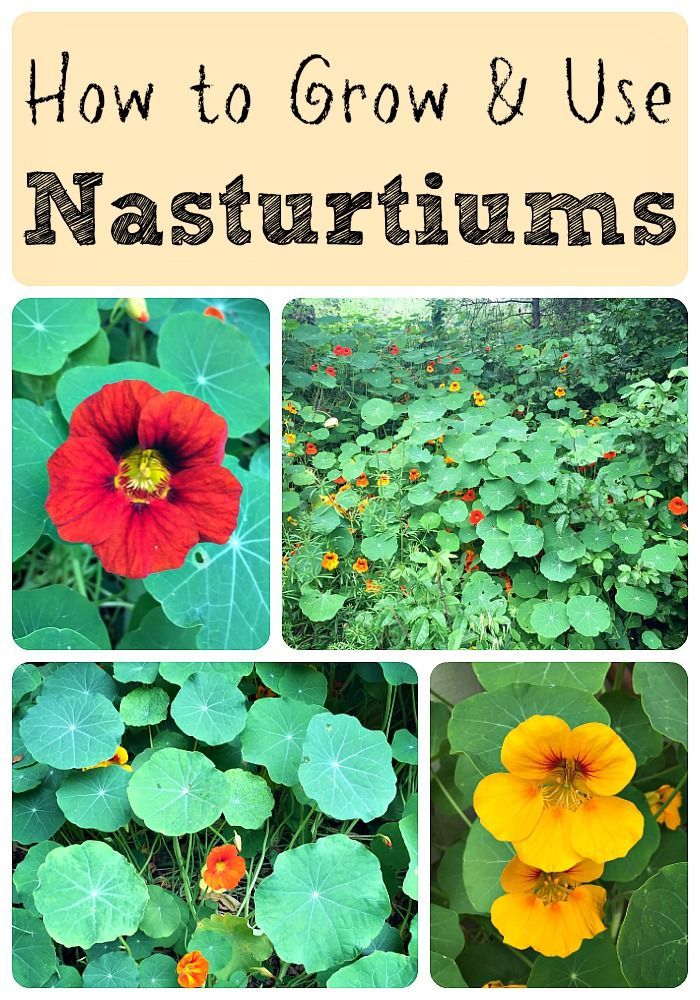 Shoots will appear in a couple of weeks.
Shoots will appear in a couple of weeks. - Enotera (donkey): growing in the garden, types
Make sure that the seedlings have enough light, because the lack of light causes them to stretch out, and after landing on the site, they get sick for a long time and do not bloom.
The root system of nasturtium is weak, and the leaf surface is quite large, therefore, in order not to injure the roots, the seedlings are not swooped down and transplanted into the soil together with an earthen clod, right in a cup.
Planting nasturtium
When to plant
Nasturtium is planted in the first decade of June. Select a well-lit and wind-sheltered spot in your garden, as nasturtium flowers do not bloom as profusely in the shade as they do in good light. The soil on the site should be slightly acidic, with good drainage, light and fertile. On soils rich in organic matter, plants turn lush green, but they do not want to bloom, on soils that are too poor, nasturtium blooms are not so beautiful, the leaves are small, and the stems look bare.
 In stagnant wet soils, nasturtium rots.
In stagnant wet soils, nasturtium rots. On the photo: Flowering of yellow nasturtium
How to plant
So, it's the beginning of June, it's time to plant seedlings in open ground. Planting seedlings is carried out together with an earthen clod, and if you sowed seeds in peat pots, then right along with the pots to avoid breakage or breakage of fragile roots. Depending on the variety of nasturtium, the distance between specimens should be 20-40 cm. At first, it is advisable to cover the planting at night. Nasturtiums will bloom in a month and a half.
Nasturtium care
Growing conditions
Nasturtium care consists of weeding the area and watering the plants. If you mulch the bed after planting, then you will not have to fight weeds.
At the very beginning of growth, regular and plentiful watering is very important , when the nasturtium blooms, the plot should be watered only when the soil dries up: if the soil is moist all the time, the plant will be lush green, but there will be few flowers.
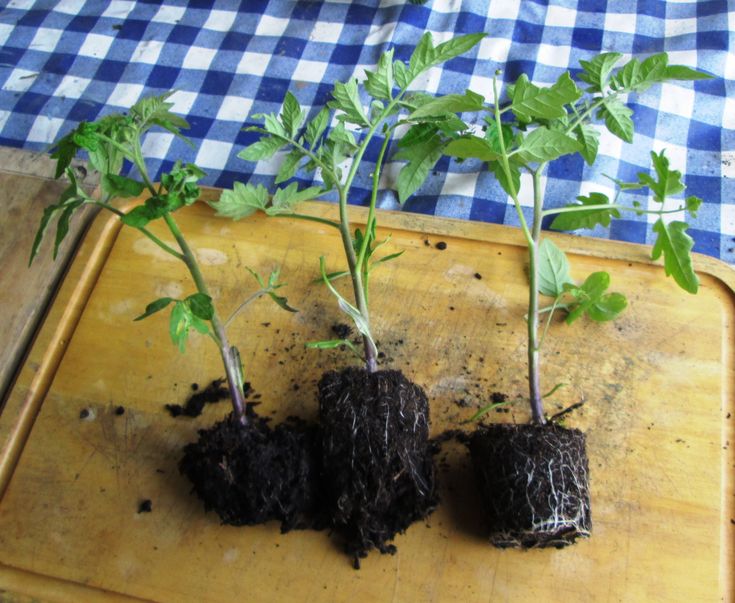
Dead flowers should be removed in a timely manner, unless you need seeds, but only a few ovaries are enough to harvest seeds for next year.
- Chistets: growing from seeds in the garden, types and varieties
Feed nasturtium weekly with potash-phosphorus fertilizer until it blooms. Nasturtium nitrogen fertilizers will not be needed.
How to plant and grow sweet peas - pro tips
Propagation of nasturtium
In addition to the seed method, the vegetative method is also used to propagate nasturtium - cuttings . Cuttings are rooted in wet sand or water. Most often, terry varieties of nasturtiums or new ones are propagated in this way, the seeds of which are difficult to find in flower shops. The vegetative method allows you to save species and varietal characteristics during reproduction.
Pests and diseases
Nasturtium is not only beautiful, but also very useful. In addition, it somehow inspires fear in Colorado beetles, whiteflies, aphids, cabbage bugs and other insect pests.

But diseases of nasturtium sometimes affect, first of all, such as bacterial wilt , which is expressed in the weakening of the lower leaves, and then withering of the whole plant.
Or gray rot showing dry brown spots on the leaves. From time to time, brown or black rust spots or variegated mosaic stains appear on the leaves of nasturtium. In case of damage by these diseases, infected specimens must be removed and burned, and healthy plants should be treated with special preparations that destroy pathogens.
Pictured: Growing red nasturtium
How to collect seeds
If you feel like breeding, you can collect nasturtium seeds yourself. As the flowers wither, the seeds mature. It must be remembered that the seeds of all types of nasturtium have time to ripen before frost, the only exception is foreign nasturtium. When the seeds ripen, they turn from green to whitish and, easily separated from the pedicel, fall to the ground.
- Gentian: cultivation and care in the garden, types and varieties
Therefore, be careful and try to collect them before they crumble.
Store mature seeds in cardboard boxes. Foreign nasturtium seeds are harvested unripe and ripened at home.
In the photo: Large orange flowers of nasturtium
Nasturtium after flowering
After the nasturtium has faded, watering is gradually reduced until it stops completely. Since nasturtium is grown mainly as an annual plant, then with the onset of autumn it is necessary to deal with it as with an annual, namely: dig up the site, burn the tops, after collecting the seeds, if necessary.
Species and varieties
In the wild, at home, perennial nasturtium grows, but in our gardens the tropical beauty cannot remain in the ground for the winter, therefore it is grown as an annual. Of the cultivated species of nasturtium, the following are most often grown:
Foreign nasturtium (Tropaeolum peregrinutn)
Or Canarian nasturtium - a liana from South America, the light green stems of which reach a length of 350 cm and very quickly braid arbors and trellises.
It blooms from mid-summer to frost with bright yellow small flowers with corrugated petals and green spurs. The leaves are medium-sized, five- or seven-parted. Seeds in the middle lane do not have time to ripen naturally.
In the photo: Large nasturtium (Tropaeolum majus)
Large nasturtium (Tropaeolum majus)
Very branched, bare, fragile stems reach a length of 250 cm. . Blooms profusely from June to autumn frosts. It reproduces well by self-sowing, the seeds do not lose their germination capacity up to 4 years. The leaves are asymmetrical, large, round, thyroid, the surface is light green, the underside is gray-gray, the petioles are long, diameter is about 8 cm. The species is represented by dozens of varieties, including compact bush forms:
- King Theodore bright red flowers;
- Peach Melba - cream flowers, red spots in the center;
- Salmon Baby - semi-double flowers, salmon color;
- Ladybug - apricot flowers with burgundy spots in the middle.
Cultivated nasturtium (Tropaeolum cultorum)
Combines hybrids of shield-bearing nasturtium and large nasturtium, densely leafy stems, green or purple leaves, thyroid-like. Varieties of this species differ in shape and height: there are compact varieties of nasturtium (up to 50 cm tall), there are creeping ones, with shoots up to 4 m long, or dwarf ones - 15-20 cm tall. Varieties:
- St. John's wort: cultivation, properties, types and varieties
- Gleming Mahagani – shrub up to 37 cm tall with double red flowers;
- Golden Globe - spherical bush up to 25 cm high and 40 cm wide with round light green leaves and large (up to 6.5 cm in diameter) double golden yellow flowers;
- Moonlight is a climbing plant with stems up to two meters long and pale yellow flowers.
In the photo: Large nasturtium (Tropaeolum majus)
Small nasturtium (Tropaeolum minus)
Branched, furrowed thin stems up to 35 cm tall, leaves of nasturtium small are rounded, small, thyroid, petioles are very long and thin.
Small flowers up to 3 cm in diameter, yellow with dark spots, three upper velvety petals are pointed along the edge, spurs are cylindrical, curved. This type of nasturtium blooms from June to October. Grades:
- Cherry rose - grows up to 30 cm in height, blooms with bright red double flowers;
- Black Velvet - the same 30 cm in height, simple flowers up to 6 cm in diameter, so dark burgundy that it is almost black. Sometimes this variety is called the Black Lady.
Nasturtium (Tropaeolum peltophorum)
It is a creeping subshrub with dark green, succulent and brittle shoots up to 4 m long. Leaves are thyroid, dark green. Juicy dark red flowers. It blooms from June to October, the seeds ripen perfectly. Most common variety:
- Lucifer - upright bushes up to 25 cm tall, light green shoots, large leaves, dark green with a dark red tint. The flowers are simple, up to 6 cm in diameter, red-orange.
In the photo: Lilac nasturtium
Among other types of nasturtium, which are distinguished by their decorative effect, one can name azure, ciliated, multi-leaved, beautiful, tricolor and others, but, unfortunately, few can boast of the experience of growing these species in our climatic zone.
Medicinal properties of nasturtium
Nasturtium is not only beautiful, but also edible and healing. The leaves and flowers of young plants are used as ingredients in salads, garnished with dishes, and added to sandwiches and soups. Pickled nasturtium fruits taste like expensive capers. And dried and ground seeds can be used as a seasoning instead of black pepper, in any case, this was done during the Second World War. All parts of the plant are edible, except for the roots.
In the photo: A beautiful flower of nasturtium
The healing properties of nasturtium have also been known for a long time.
It treats skin rashes, stimulates hair growth, it helps with anemia, beriberi, kidney stone disease. The plant has proven itself well as a means of combating scurvy, since the amount of vitamin C in it is ten times greater than in lettuce leaves. In addition, nasturtium contains substances that successfully fight microbes - provitamin A and phytoncides.
Dishes prepared from nasturtium are included in the therapeutic diet for metabolic disorders in the elderly, with atherosclerosis. The rhizomes of tuberous nasturtium species contain substances that lower the level of testosterone in the blood, which is necessary in certain cases. Modern science has established that nasturtium has such valuable properties for medicine: anti-inflammatory, laxative, diuretic, diuretic, antiseptic, antibiotic, antiscorbutic, uroseptic, expectorant.
However, you should be aware that an overdose of nasturtium provokes irritation of the mucosa of the gastrointestinal tract.
- Bindweed: growing from seeds in the garden, types and varieties
Literature
- Learn more
- Clothes dryer temperature

- When do you start growing pumpkins

- Backyard fire pit area
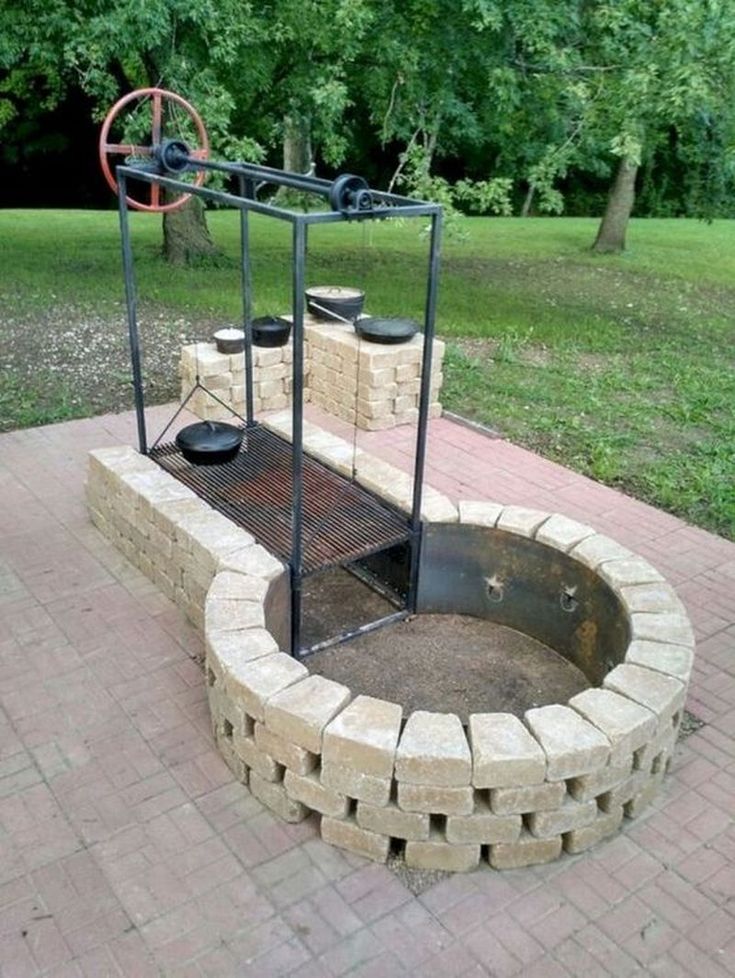
- Black white bedrooms decor

- Diy vegetable gardening
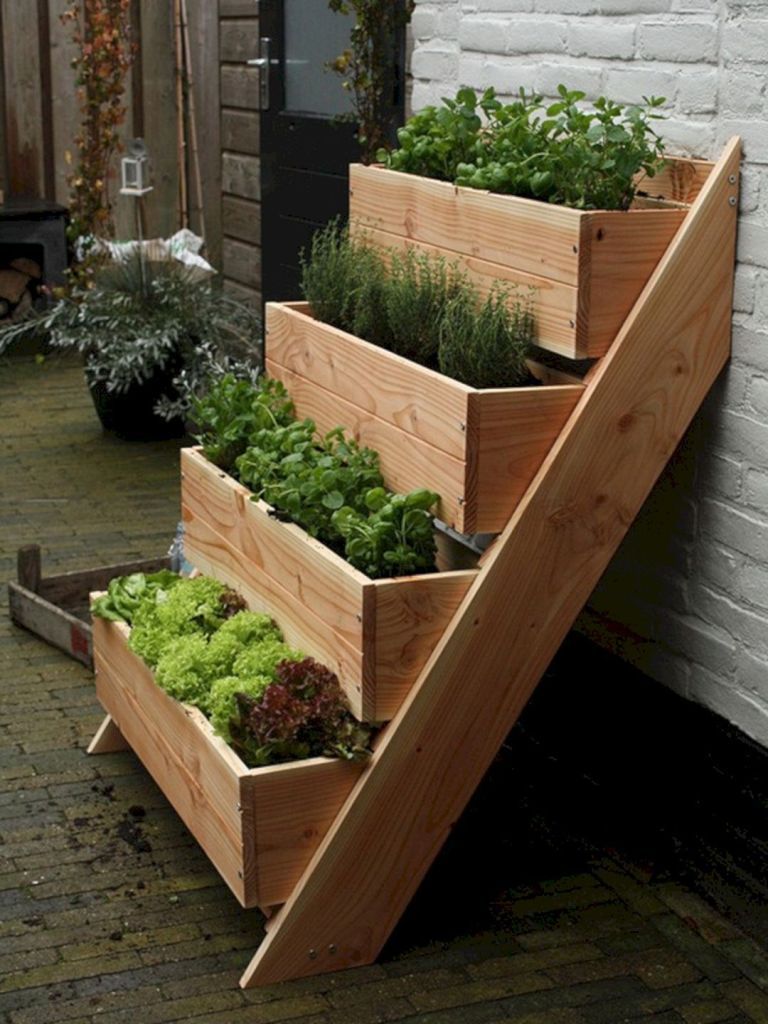
- Small tropical garden design pictures
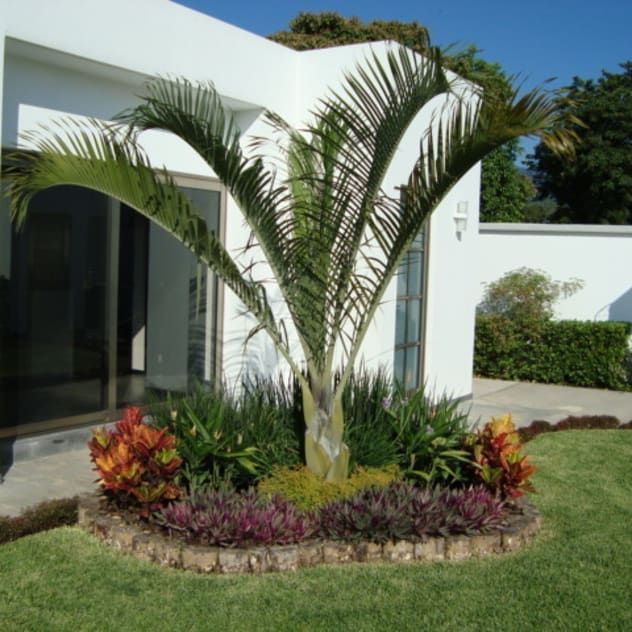
- What can you plant with zucchini
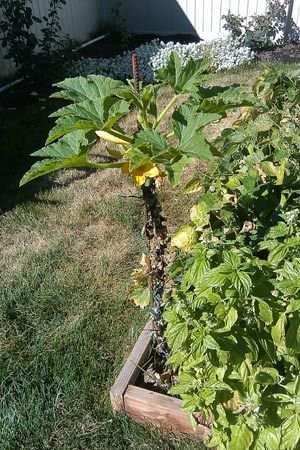
- Over the front door decor
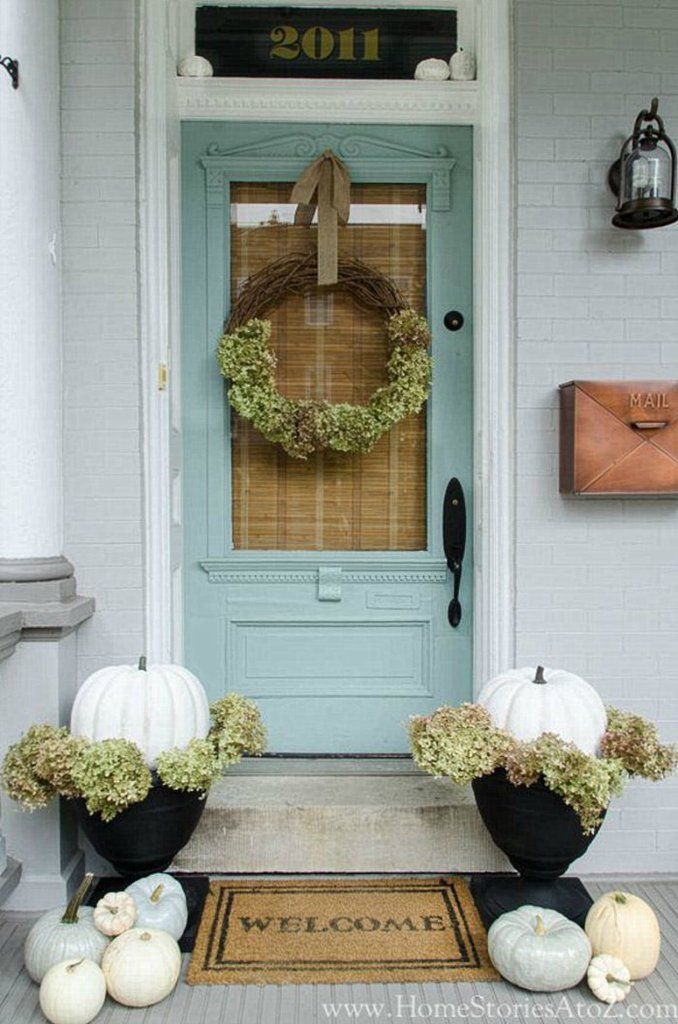
- Raised garden beds layers

- Why are the leaves turning yellow
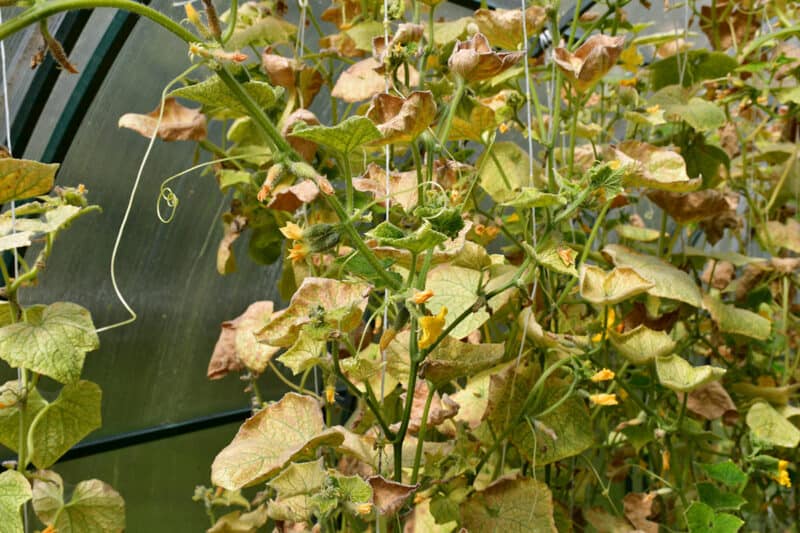
- Where to plant foxglove
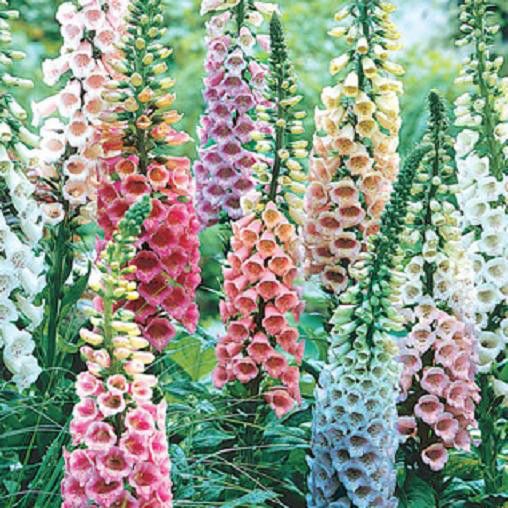
-